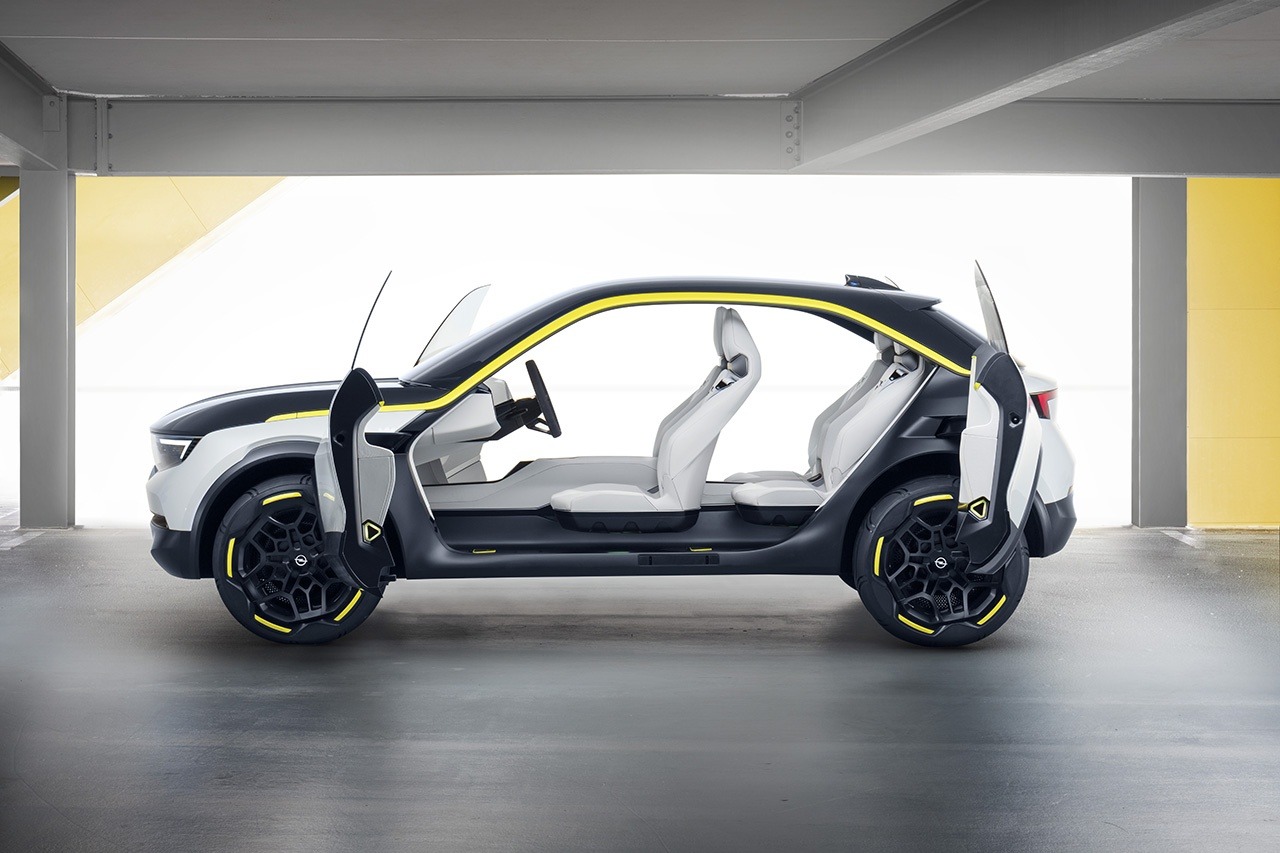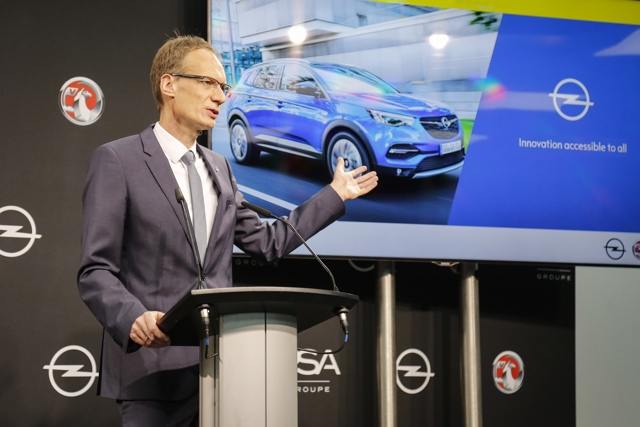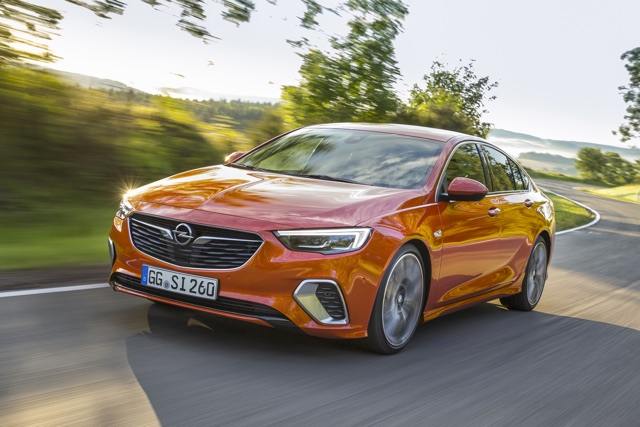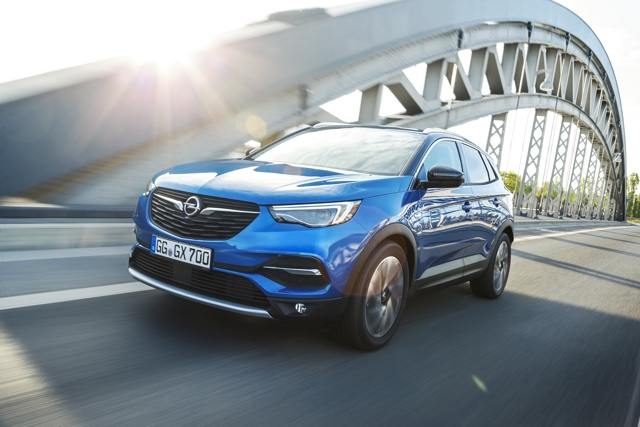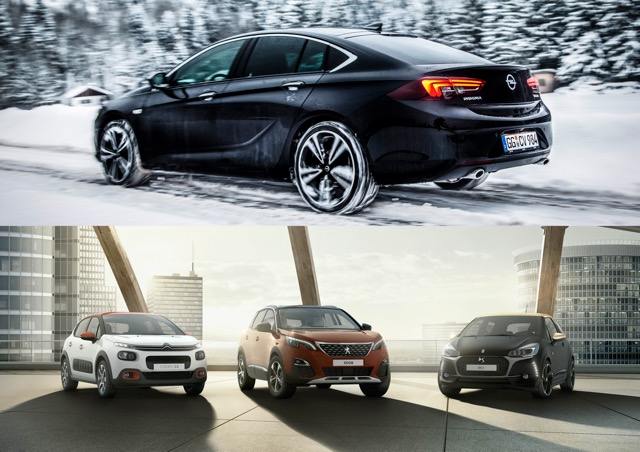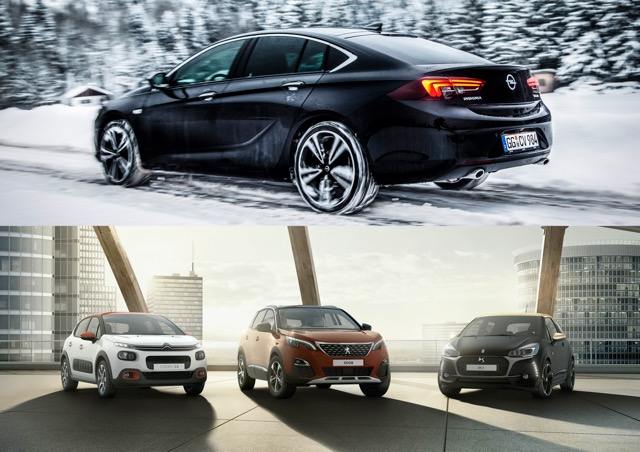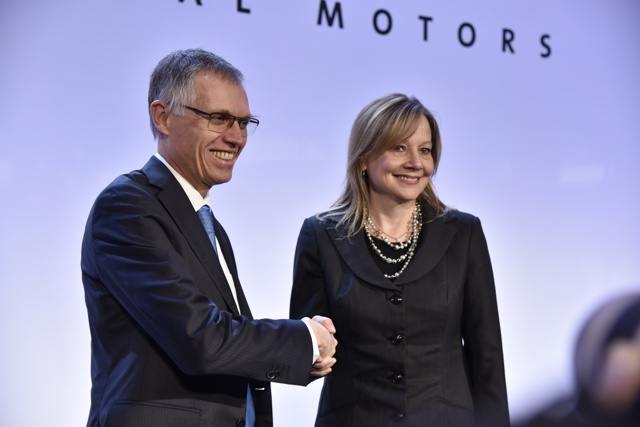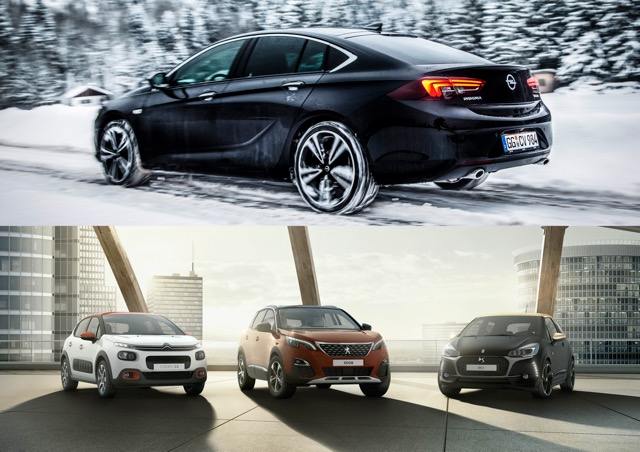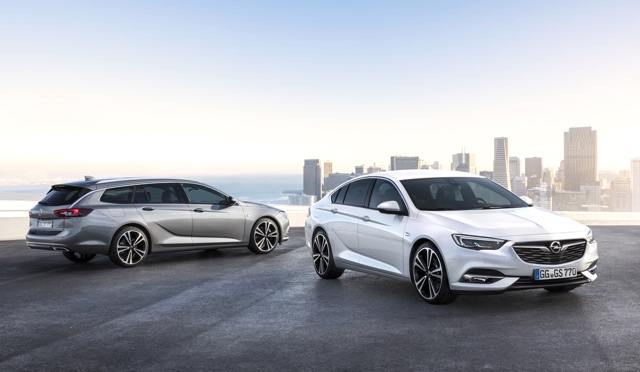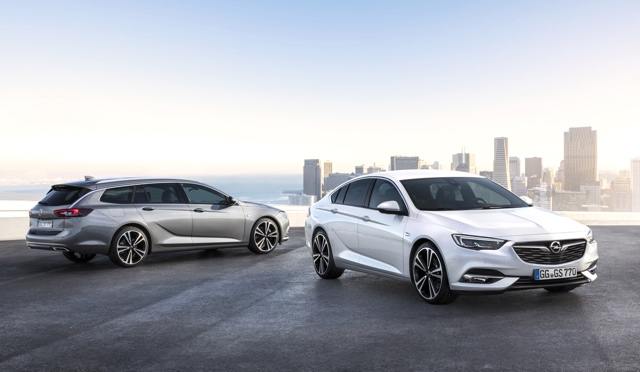Search the Community
Showing results for tags 'Vauxhall'.
-
Opel has unveiled their first concept car since coming under the ownership of PSA Group. Called the GT X Experimental, the concept gives us an idea of what direction Opel/Vauxhall's styling will take. The compact crossover shares an obvious similarity to a previous Opel concept, the GT Coupe in...
- 3 replies
-
- concept
- gt x experimental
-
(and 2 more)
Tagged with:
-
- 3 comments
-
- concept
- gt x experimental
-
(and 2 more)
Tagged with:
-

PSA Group Unveils Turnaround Blueprint for Opel and Vauxhall
William Maley posted an article in Opel/Vauxhall
-
On Thursday, Opel CEO Michael Lohscheller will be presenting a new restructuring plan for its future under the PSA Group umbrella. Thanks a report from German newspaper Frankfurter Allgemeine Zeitung, we have some idea of what this plan entails. According to the paper, Opel will be cutting down...
-

Rumorpile: PSA Group Puts Opel/Vauxhall Flagship SUV On Hold
William Maley posted an article in Opel/Vauxhall
- 4 comments
-
- flagship suv
- on hold
- (and 5 more)
-
Opel and Vauxhall are currently in the process of working on a new business plan for their new owner, PSA Group. Already, it seems one project has been suspended. Auto Express has learned from sources that plans for a flagship SUV have been shelved for the time being. Possibly named Monza, the...
- 4 replies
-
- flagship suv
- on hold
- (and 5 more)
-

GM's Sale of Opel/Vauxhall To PSA Group Is Finished
William Maley posted an article in Opel/Vauxhall
- 6 comments
-
- general motors
- opel
-
(and 3 more)
Tagged with:
-
General Motors and PSA Group completed the sale of Opel/Vauxhall yesterday, effectively ending the era of GM’s European division. “It is a historic day. We are proud to join Groupe PSA and are now opening a new chapter in our history after 88 years with General Motors. We will continue our path...
- 6 replies
-
- general motors
- opel
-
(and 3 more)
Tagged with:
-
If General Motors and PSA Group were hoping to have a smooth sale of Opel, they were dashed this week. Both Automobilwoche and German newspaper Allgemeine Zeitung report Opel's work council and German labor union IG Metall have some specific demands for workers at Opel's development center in R...
- 7 replies
-
- development
- general motors
-
(and 4 more)
Tagged with:
-

Opel Sale Hits A Roadblock Due to Development Center Issue
William Maley posted an article in Opel/Vauxhall
- 7 comments
-
- development
- general motors
-
(and 4 more)
Tagged with:
-

Afterthoughts: Answering the Unknown with the Opel/Vauxhall Sale
William Maley posted an article in Opinion
Last week saw the PSA Group (parent company of Citroen and Peugeot) purchasing Opel and Vauxhall from General Motors for $2.3 billion. This move would make the PSA Group the second-largest automaker in Europe. We already know some of the plans that PSA Group has for their new brands such as setting...- 3 comments
-
- afterthoughts
- general motors
-
(and 6 more)
Tagged with:
-
Last week saw the PSA Group (parent company of Citroen and Peugeot) purchasing Opel and Vauxhall from General Motors for $2.3 billion. This move would make the PSA Group the second-largest automaker in Europe. We already know some of the plans that PSA Group has for their new brands such as setting...
- 3 replies
-
- afterthoughts
- general motors
-
(and 6 more)
Tagged with:
-
It is now official. This morning, PSA Group has agreed to buy Opel and Vauxhall from General Motors for 2.2 billion euros (about $2.3 billion). The deal is comprised of a 1.8 billion euros ($1.9 billion) payment for Opel and Vauxhall, along with a stake in Opel's financing arm. This makes PSA Group...
- 4 comments
-
- general motors
- opel
- (and 4 more)
-
It is now official. This morning, PSA Group has agreed to buy Opel and Vauxhall from General Motors for 2.2 billion euros (about $2.3 billion). The deal is comprised of a 1.8 billion euros ($1.9 billion) payment for Opel and Vauxhall, along with a stake in Opel's financing arm. This makes PSA Group...
- 4 replies
-
- general motors
- opel
- (and 4 more)
-
Only a few weeks after first learning about the talks between General Motors and PSA Group on the possible purchase of Opel/Vauxhall, Reuters reports that a deal has been reached. This afternoon, two sources told the news service the board of PSA Group approved the deal. An announcement about t...
-

PSA In Discussions With GM About Possibly Acquiring Opel
William Maley posted an article in Opel/Vauxhall
PSA Group is in discussions with General Motors on various strategic initiatives, including the possibility of acquiring Opel/Vauxhall. The news was first broke by Bloomberg and Reuters early this morning as sources revealed the two were in talks about swapping the ownership of Opel. Since then, a s...- 67 comments
-
- acquisition
- general motors
-
(and 4 more)
Tagged with:
-
PSA Group is in discussions with General Motors on various strategic initiatives, including the possibility of acquiring Opel/Vauxhall. The news was first broke by Bloomberg and Reuters early this morning as sources revealed the two were in talks about swapping the ownership of Opel. Since then, a s...
- 67 replies
-
- acquisition
- general motors
-
(and 4 more)
Tagged with:
-
Yesterday, news broke that General Motors and PSA Group (owner of Peugeot and Citroen) were in discussions on possibly selling Opel and Vauxhall. Already, the possible sale is under intense scrutiny from various European governments and unions. There are concerns about jobs being cut with this deal,...
- 3 replies
-
- ceo
- damage control
-
(and 5 more)
Tagged with:
-
Yesterday, news broke that General Motors and PSA Group (owner of Peugeot and Citroen) were in discussions on possibly selling Opel and Vauxhall. Already, the possible sale is under intense scrutiny from various European governments and unions. There are concerns about jobs being cut with this deal,...
- 3 comments
-
- ceo
- damage control
-
(and 5 more)
Tagged with:
-

Opel Unveils the Insignia Sports Tourer Before Geneva
William Maley posted an article in Opel/Vauxhall
- 4 comments
-
- commodore sportwagon
- holden
-
(and 3 more)
Tagged with:
-
Previous Page Next Page It was a couple of months ago that Opel/Vauxhall/Holden unveiled the brand new Insignia Grand Sport/Commodore to the world. Today, the three automakers revealed the sister model, the Insignia Sports Tourer/Commodore Sportwagon. Basically, the...
- 4 replies
-
- commodore sportwagon
- holden
-
(and 3 more)
Tagged with:
-
Previous Page Next Page Just a day after a set of spy shots revealed the next-generation Opel and Vauxhall Insignia, Vauxhall has unveiled the 2017 Insignia Grand Sport. Meanwhile, Holden has pulled the wraps of the 2018 Commodore. The Insignia/Commodore borrows a l...


